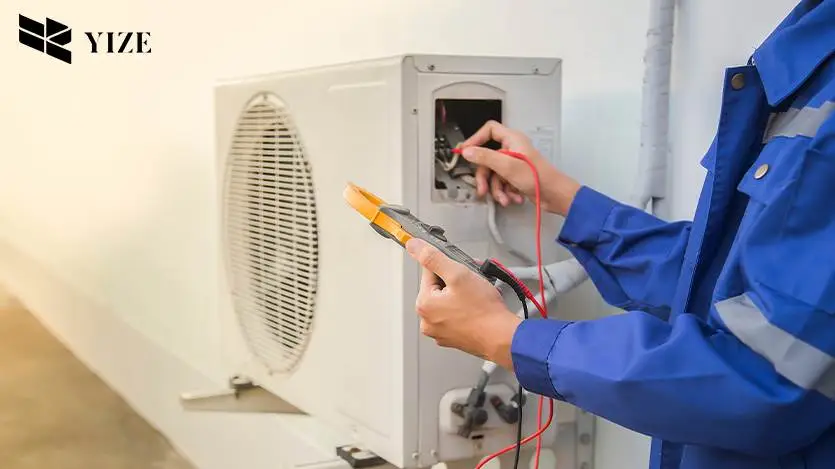If you’ve ever looked closely at your air conditioner, you may have seen a small line that drips water. This is the ac condensate drain line. Your air conditioner’s evaporator coil produces condensation, which this drain line removes. Algae and mold can grow inside and block the drain if you don’t clean the line well. This will make your home more wet, make it smell musty, and cause water damage. When you use your AC, it produces water as waste. If your AC condensate drain gets clogged, that water won’t drain out. Your AC unit may start leaking water as a result of it.
The method for draining condensate doesn’t seem important. But an AC drain that doesn’t work right can cause major structural issues. The drain pan for the air conditioner’s condensation is an essential part of the system. This little tray keeps water from causing damage to your home. Also, it prevents bacteria from growing in the boiler and breaking it down. Above all, it prevents flooding and other water damage inside your home.
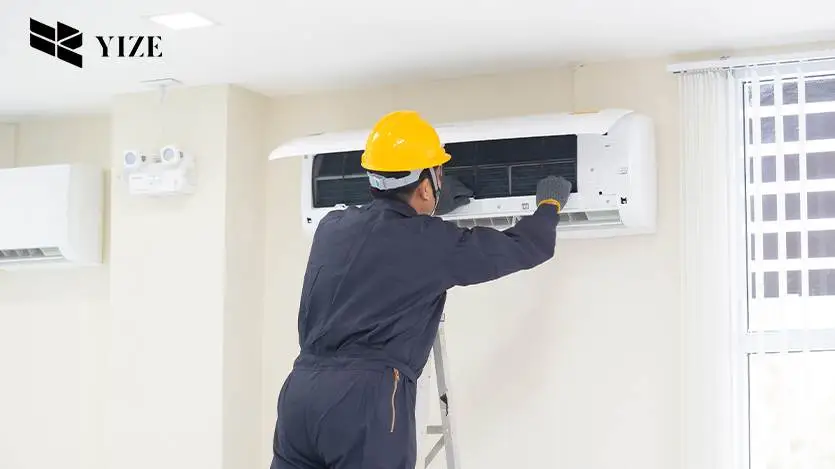
Sadly, when doing regular AC maintenance, this component is usually ignored. The technician may forget to clean the drain during a regular HVAC service call. You must inspect and clean the ac condensate drain line before an issue arises. If you want to keep mold and algae from growing in your air conditioner. You should clean the ac condensate drain line regularly. If you want your HVAC system to work properly, you need to know how the condensate drain lines work. Here is everything you need to know about AC condensate drain lines. Let’s start!
What Is an AC Condensate Drain Line?
Your air conditioner’s condensate drain line moves water away from the entire unit. Your air conditioner releases a lot of water. Whenever warm and humid air flows through your air conditioner. The air releases extra moisture when the temperature drops. When your AC is working properly. It can make from 5 to 20 gallons of water every day. But, the air’s humidity level and the volume of cool air the AC produces both influences this value. Your condensate line transports the water that needs to drain from your unit. This part of your HVAC system takes water out of your system and sends it outside. The water will flow backward into your house if the drain line is broken or clogged. This can damage your roofs, floors, walls, or any other place where the water runs off.
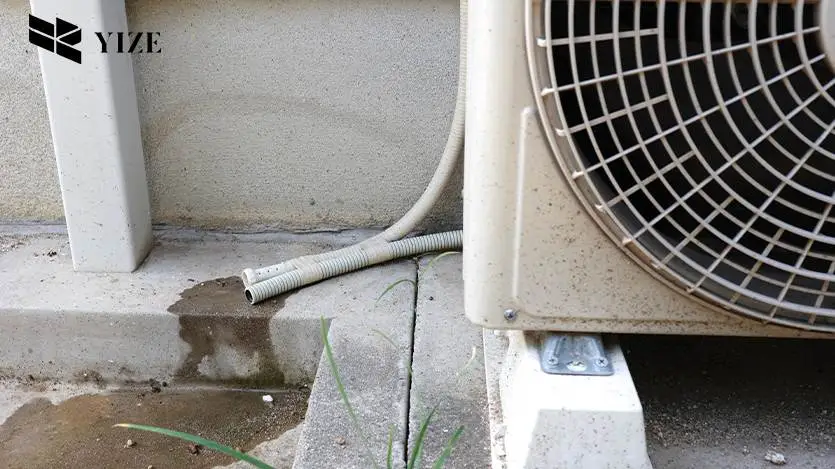
Why Is an AC Condensate Drain Line Important?
The terrible effects of moisture are something every homeowner should be aware of. It causes mold and mildew to grow. It might damage the look of the house and the health of the people who live there. When it comes to the air conditioner, wetness can cause corrosion, which needs to be fixed or replaced. Because of this, your ac condensate drain line must work properly.
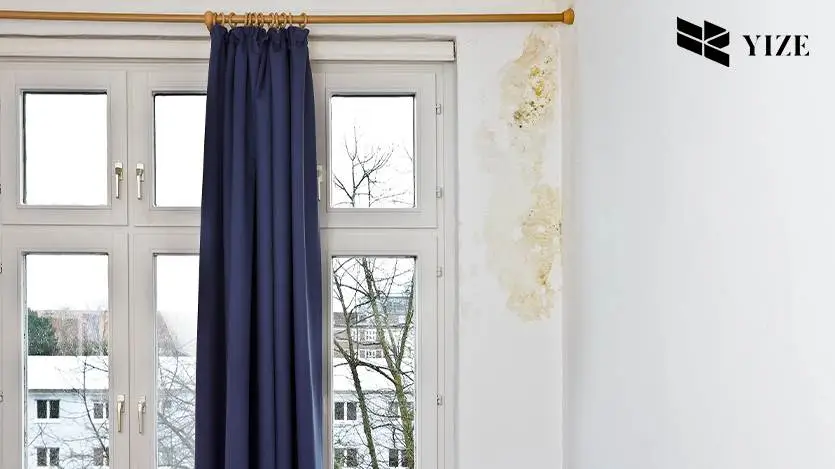
What Causes an AC Condensate Drain Line?
The AC drain line is a narrow and dark area that handles a lot of moisture. The circumstances are great for mold and mildew to grow. This buildup will eventually stop your water line from working. The water can’t go to the drain because of it. You may start to have AC issues or extra water redirected into your house at this stage. Your AC condensate leak can also get clogged, which can cause the drip pan to fill up. The condensate drain becomes clogged when the evaporator coil is also carrying dirt. It won’t take long for dirt and random particles to build up and choke the line.
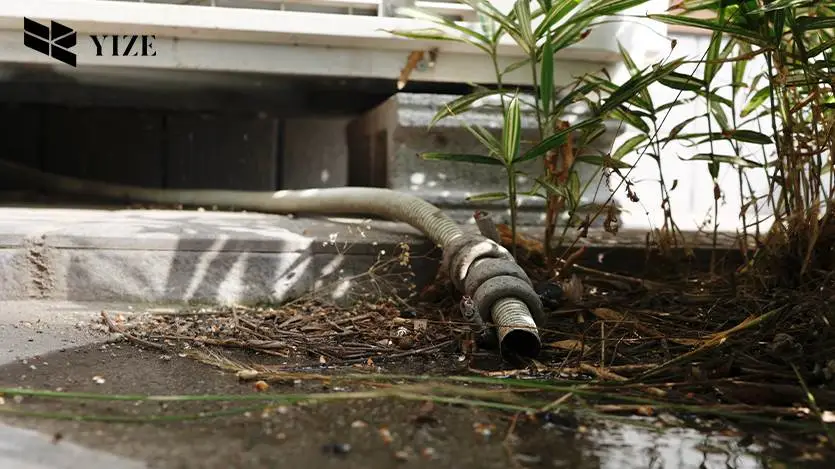
What are The Signs of AC Condensate Drain Line Problems?
Your AC’s drain line may be clogged for various reasons. Standing water in the tray is one of them. Even though a little bit of standing water isn’t very harmful. But if the water is more than normal. You should call a professional who knows how to fix ACs to check out the unit. If you detect a clogged drain line, check the condensate pan as well. If the condenser pan fills up repeatedly, it will be like standing water. The AC drain line is possibly clogged and needs to be fixed right away to prevent mold and flooding.
How to Prevent AC Condensate Drain Line Issues?
When HVAC systems are regularly serviced, clogging does not affect drain lines. If you do regular repairs on your lines, buildup will never have a chance to slow down your system. Your HVAC expert will also ensure that every part of your AC unit operates properly. This ensures that your house will be cool and comfy in summer. You can keep your AC drain line from getting clogged by taking a few simple steps. The best way to prevent mold and water damage is to have a professional clear the drain line regularly. The next thing you must do is swap out your old air filters with superior ones. This prevents dust from accumulating on the evaporator coils.
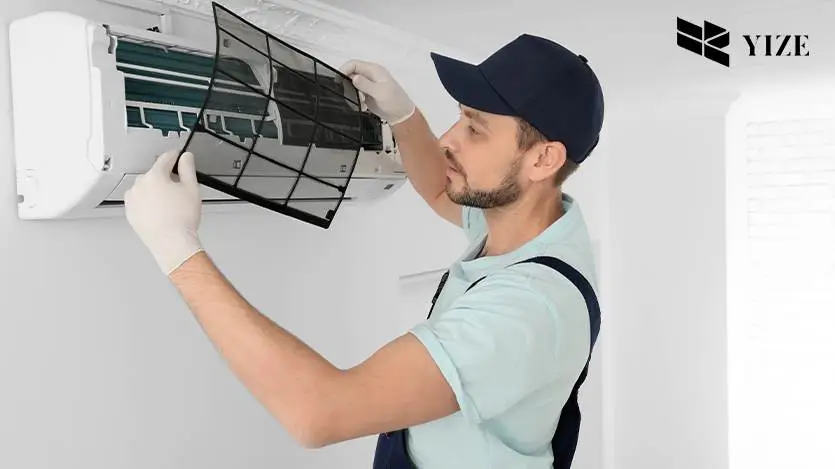
How to Clean Your Air Conditioner Drain on Your Own?
1 – The first step is to disconnect the HVAC system completely by switching it off at the breaker.
2 – Second, if your home has an air handler, you probably have it in the attic or the utility area. You have to locate the condensate pan. Most of the time, this is right under the unit. In some cases, you may have to take off an access panel to locate this.
3 – Your drain line is most likely clogged if you notice standing water in the AC condensate pan. You can get rid of the moisture by using a handheld cleaner. You can also absorb the water with clothes. Now you can use soap to clean the drainage pan.
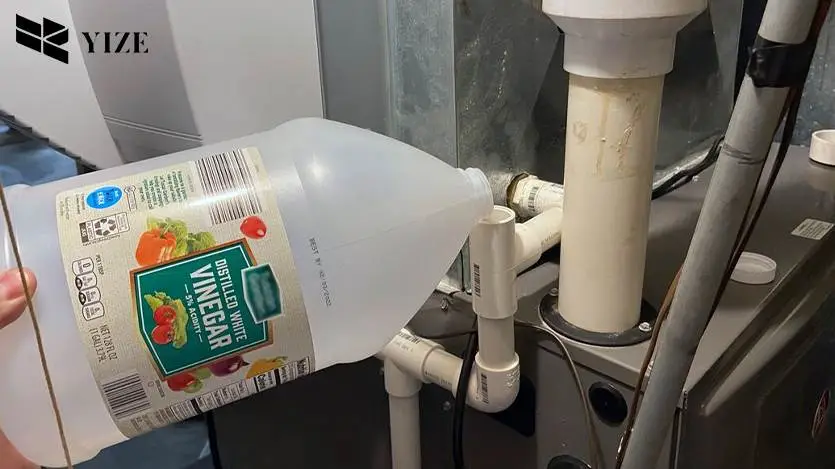
4 – The use of suction to clean a clogged drain is a common practice. You can use a vacuum to pull the blockage through the drain. This part is outside your house, close to the base of the structure. While the vacuum runs for a minute, press your hand around the line to increase suction. After that, you inspect the vacuum bag to verify if the clog was effectively removed.
5 – The next step is to find the drain line’s entry point. Most drains have T-shaped vents with PVC covers. You should take off the drain’s cover and look at it. This port is where you use pure vinegar to clean the drain. You can also use hot water with a small amount of dish soap.
6 – You need to let the solution settle for 30 minutes. You can finish cleaning the pipe by running water through it. Also, you should have someone outside watch the pipe and let you know if the water moves easily.
Conclusion
It’s a good idea to get professional help from an HVAC technician before you install an AC. They are in the best position to offer advice that could prevent serious damage in the event of a leak. The condensate drain pipe needs to go through a part of the house that is not near any electrical wiring. But if you want to drop the chance of a leak. You must stick to the maintenance plan the maker or HVAC company gives you. When you choose a professional, they will check the air conditioner’s vital parts. Also, if you have pipes, they can clean them and make sure the AC is working properly. So, you can avoid expensive fixes and enjoy a high-performing HVAC system all year long.
